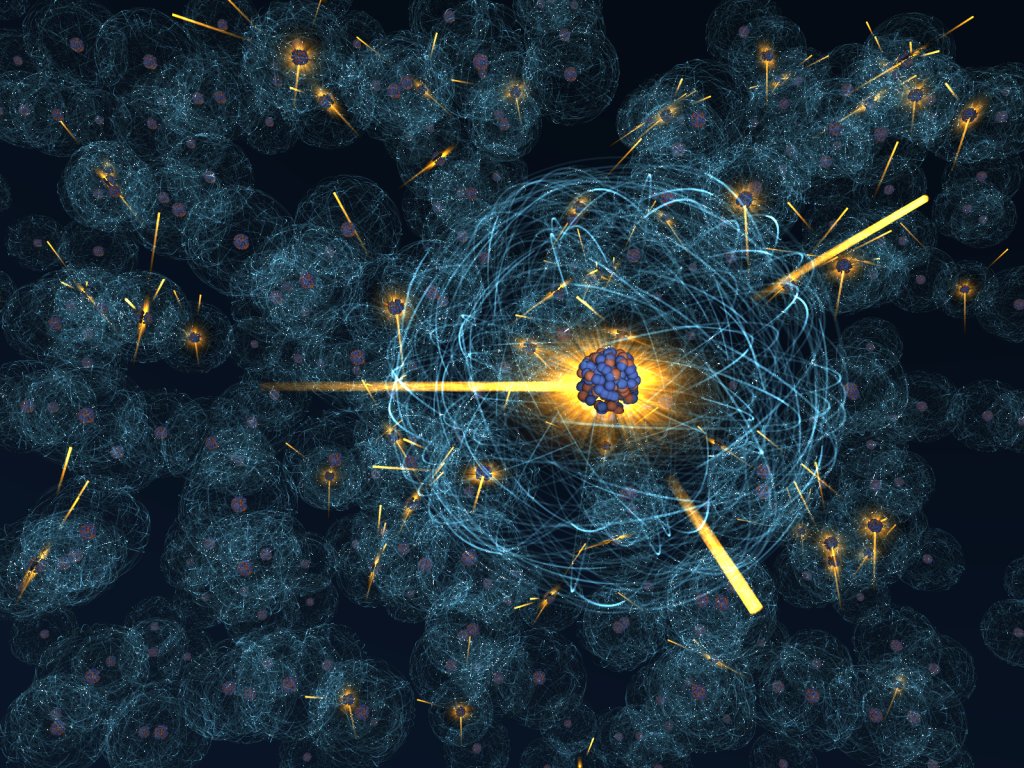
On December 2, 1942, Enrico Fermi, an Italian physicist who had fled his fascistoppressed native land for the United States, withdrew a control rod from an “atomic pile” that had been set up in a squash court beneath the stands of the University of Chicago’s Stagg Field. This action initiated the world’s first self-sustaining atomic chain reaction. Fermi and his team had invented the nuclear reactor, and the world hasn’t been the same since.
Nuclear fission is a nuclear reaction in which an atomic nucleus splits into fragments, thereby releasing energy. In a fission reactor, such as the one Fermi was instrumental in creating, the process of fission is controlled and self-sustaining, so that the splitting of one atom leads to the splitting of others, each fission liberating more energy.
Nuclear fission is capable of liberating a great deal of energy, whether in the form of a controlled sustained chain reaction or in a single great explosion, like an atomic bomb. Yet even the powerful fission process cannot account for the tremendous amount of energy the sun generates so consistently. We must look to another process: nuclear fusion.
Whereas nuclear fission liberates energy by splitting atomic nuclei, nuclear fusion produces energy by joining them, combining light atomic nuclei into heavier ones. In the process, the combined mass of two nuclei in a third nucleus is less than the total mass of the original two nuclei. The mass is not simply lost, but converted into energy. A lot of energy. One of the by-products of nuclear fusion reactions is a tiny neutral particle called the neutrino. The fusion reactions themselves produce high energy gamma ray radiation, but those photons are converted into mostly visible light by the time their energy reaches the surface of the sun. Neutrinos, with no charge to slow them down, come streaming straight out of the sun’s core. The numbers that we detect give us great insight into a region of the sun that is otherwise inaccessible.

No comments:
Post a Comment